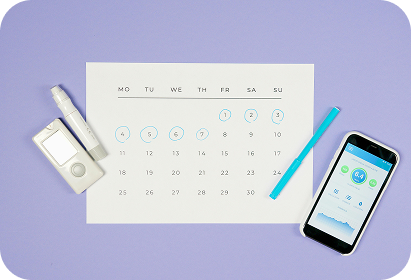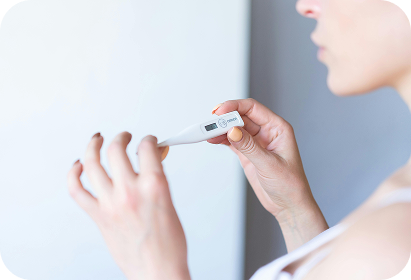
Natural Family Planning
Understanding Fertility Awareness and Natural Family Planning
Beyond artificial methods of birth control, there is of course the option of natural methods, also known as fertility awareness methods (FAMs) or natural family planning. These are methods that involve tracking a woman’s menstrual cycle and body to predict when she is most likely to get pregnant. The goal is to avoid sex or use other birth control methods during her fertile days. FAMs are not as effective as hormonal or barrier methods, but using more than one method at a time can increase their effectiveness. Many apps exist to help women keep track of their cycles and ovulation such as FEMM, Flo, and Clue.

5 Types of Natural Family Planning Methods
Things to
Keep in Mind
Disclaimer:
When exploring birth control methods, it’s essential to research various options and consult a healthcare professional to make an informed decision that aligns with your unique needs and lifestyle. Each individual’s body and circumstances are different, so it’s important to choose a method that feels right for you—free from external pressures or influences. Remember, this is a personal choice that directly impacts your health and well-being. Prioritizing your comfort and understanding will empower you to make the best decision for your reproductive health.
Natural Family Planning Resources
View moreFEMM Health
FEMM Health
Have Questions About Natural Family Planning?
Ask Our Confidential Chatbot!



